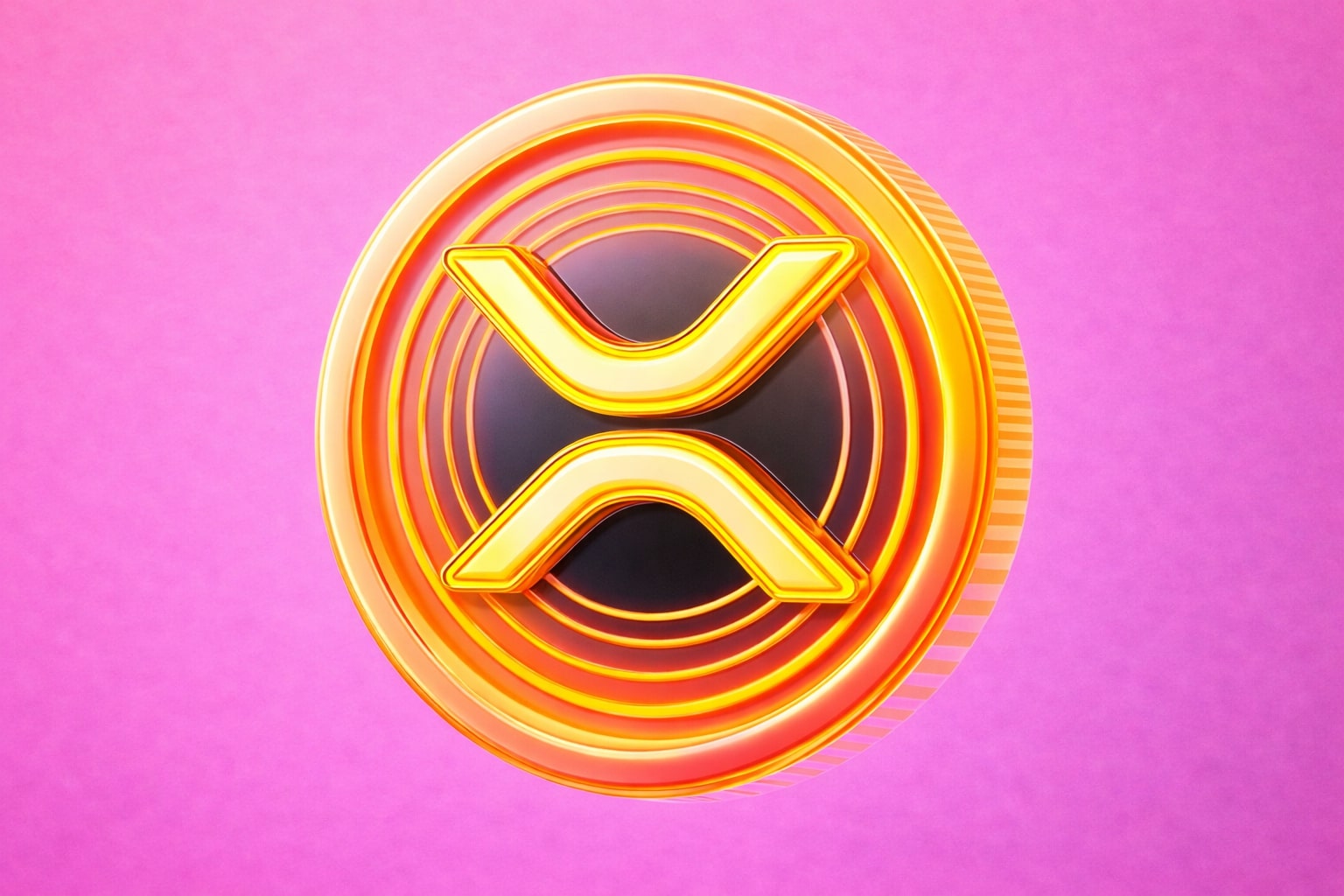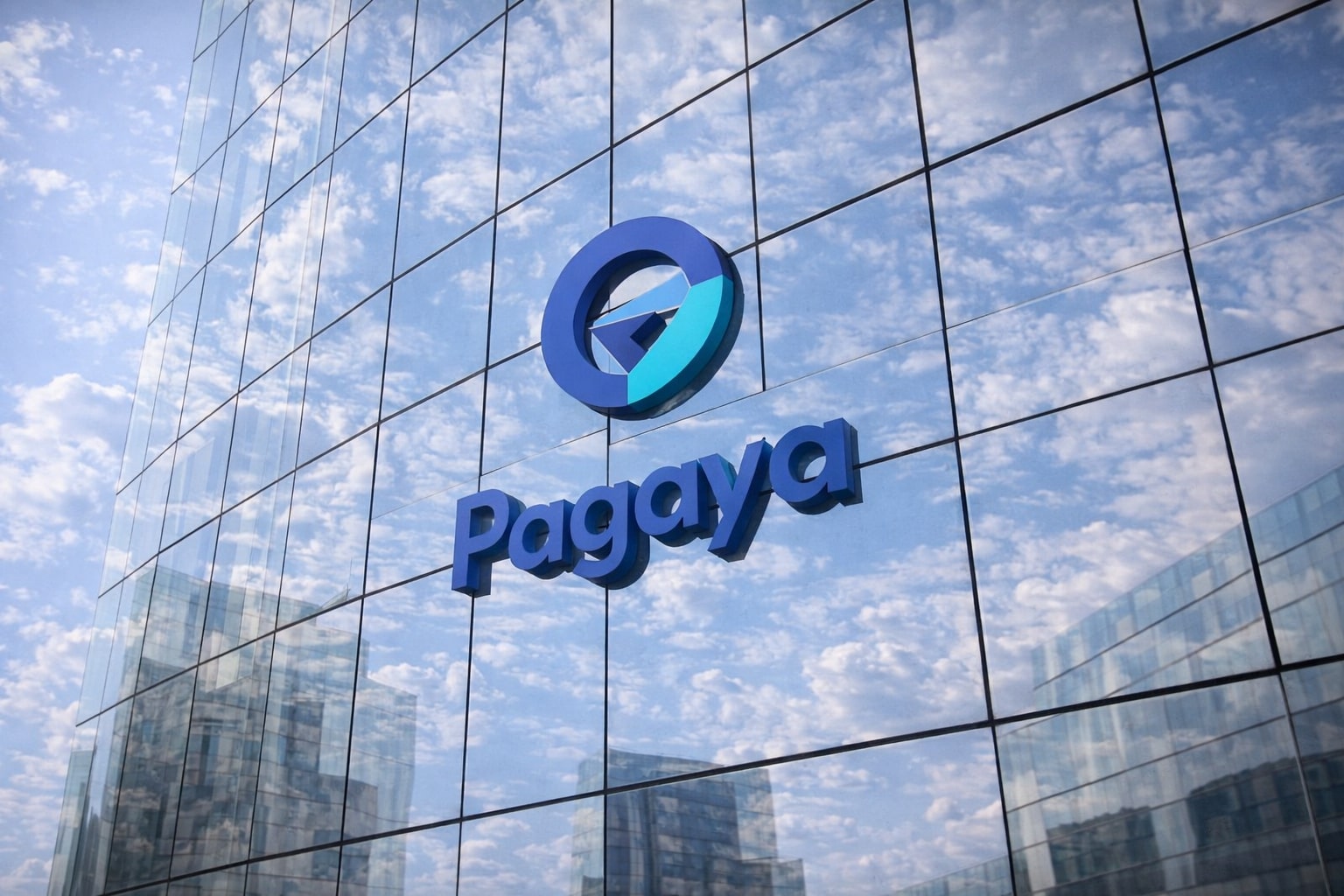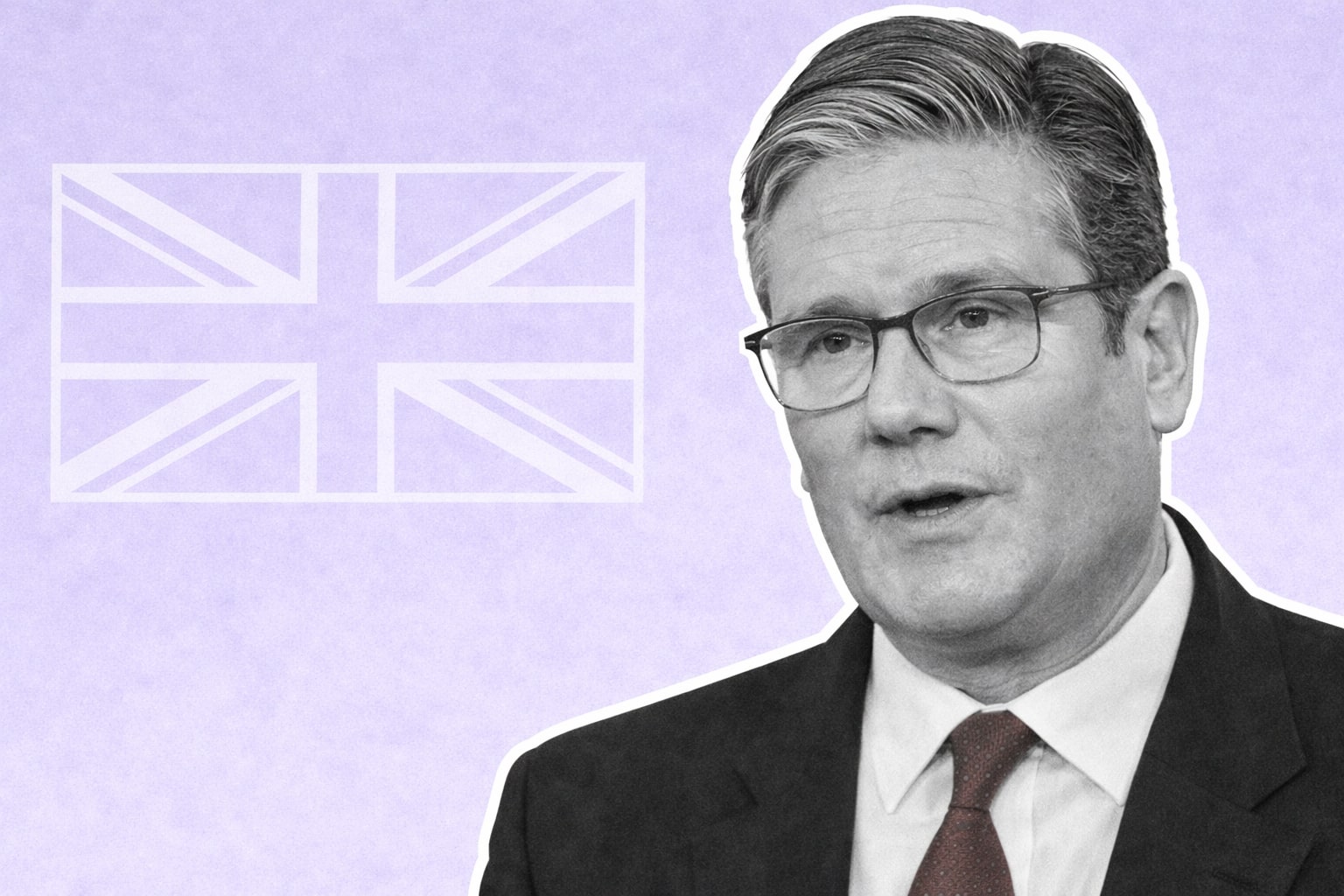EU Approves First Major Crypto Regulations MiCA
EU Leads Global Crypto Regulation with Comprehensive MiCA Framework: Legislation Attracts Crypto Companies, Addresses Environmental Concerns, and Excludes DeFi and NFTs
the European Parliament made history by approving the world's first extensive package of cryptocurrency regulations called the Markets in Cryptoassets (MiCA) Regulation. The groundbreaking legislation aims to reduce risks for consumers purchasing crypto assets and make providers potentially liable for lost investor funds. MiCA is the first and only legislation of its kind in the world, and it is expected to enter into force between mid-2024 and early 2025.
MiCA mandates various requirements for crypto platforms, token issuers, and traders, such as transparency, disclosure, authorization, and supervision of transactions. The regulation covers asset-referenced tokens (ARTs), electronic money tokens (EMTs), and utility tokens. However, it excludes DeFi (Decentralized Finance) and non-fungible tokens (NFTs), security tokens, and central bank digital currencies (CBDCs) from its scope, as they either have their own regulation or require further analysis for suitable regulatory frameworks.
Stablecoins, like tether and Circle's USDC, must maintain ample reserves to meet redemption requests during mass withdrawals. Large stablecoins face a daily transaction limit of €200 million ($220 million). The European Securities and Markets Authority (ESMA) will have the authority to ban or restrict crypto platforms if they fail to protect investors, threaten market integrity, or jeopardize financial stability.
The new legislation also addresses environmental concerns by requiring firms to disclose their energy consumption and digital assets' impact on the environment. MiCA is designed as a building-block of a wider regulatory effort, which includes initiatives such as the Digital Operational Resilience Act (DORA), the DLT Pilot Regime, and the Transfer of Funds Regulation (TFR).
DORA sets standards for the development and maintenance of security measures in financial sector organizations and third parties that provide related services, such as cloud computing or data analysis. The DLT Pilot Regime aims to implement pilot market infrastructures for the issuance, trading, and settlement of security tokens using DLT technology, and also modifies the definition of "financial instrument" under the MiFID II Directive to include those based on DLT technology. The Transfer of Funds Regulation (TFR) applies to cryptoasset transfers and ensures financial transparency in cryptoasset exchanges.
Binance, the world's largest crypto exchange, has pledged to adjust its business over the next 12-18 months for full compliance. Meanwhile, crypto companies like Coinbase and Kraken have been obtaining licenses from European authorities and opening new offices in anticipation of the law's implementation. Coinbase and Kraken recently received virtual asset service provider licenses in Dublin, and blockchain firm Ripple is seeking a license from the Irish central bank.
The EU's progress on crypto regulation positions it at the forefront of the token economy and provides regulatory clarity lacking in countries like the U.S. The approval of MiCA has generated mixed responses, with some crypto executives welcoming it as a preferable alternative to the U.S. approach of sector enforcement. However, critics argue that the law is already outdated and would not have prevented recent high-profile cryptocurrency collapses, leading to calls for updates to the legislation.
Read More
-
Pagaya Stock Price Forecast - PGY at $23.20: Is PGY Stock the Cheapest AI Fintech of 2026?
19.12.2025 · TradingNEWS ArchiveStocks
-
XRP Price Forecast: XRP-USD Stuck at $1.87 With $3 2026 Target and $10–$25 Long-Term Range
19.12.2025 · TradingNEWS ArchiveCrypto
-
Oil Price Forecast: WTI Near $56 and Brent at $60 Signal Risk Toward $50
19.12.2025 · TradingNEWS ArchiveCommodities
-
Stock Market Today: AI Chip Rally Lifts Nasdaq as $7.1T Quad Witching Hits
19.12.2025 · TradingNEWS ArchiveMarkets
-
GBP/USD Price Forecast - Pound at 1.34 As BoE Cut And Soft Dollar Keep Bullish Path Toward 1.35
19.12.2025 · TradingNEWS ArchiveForex


















